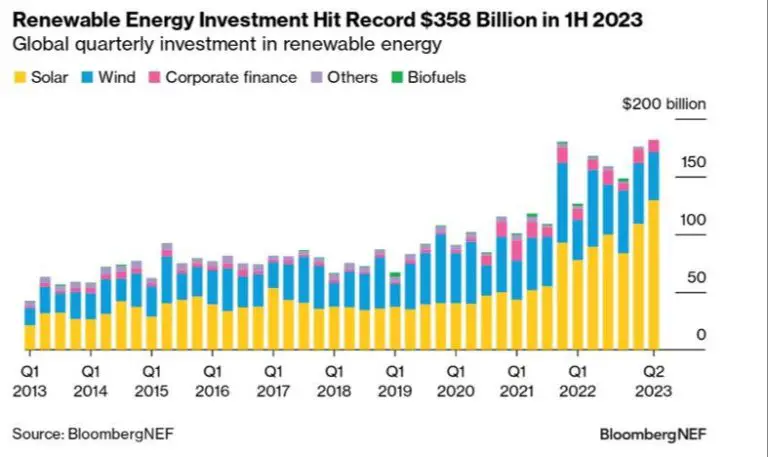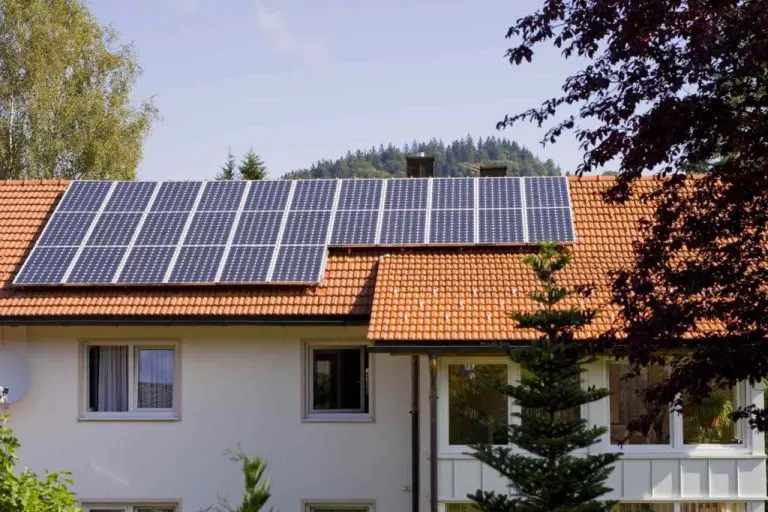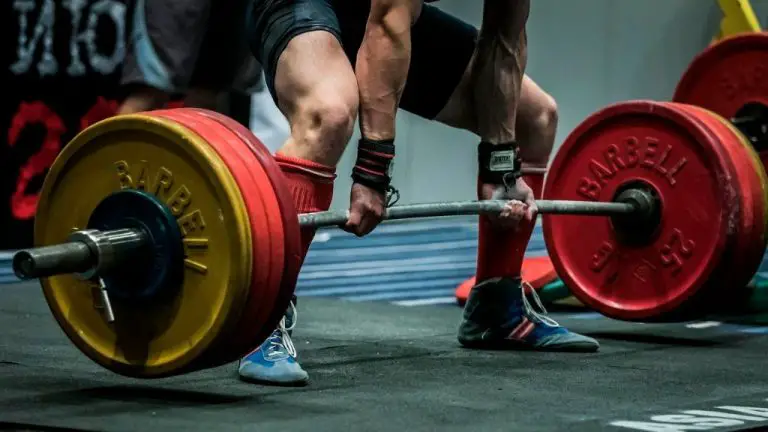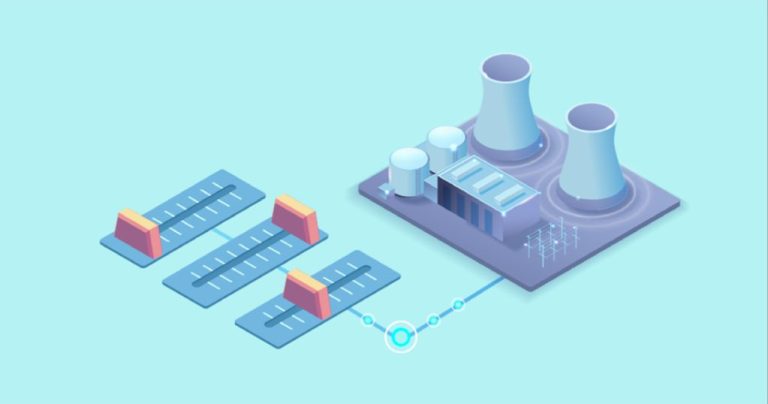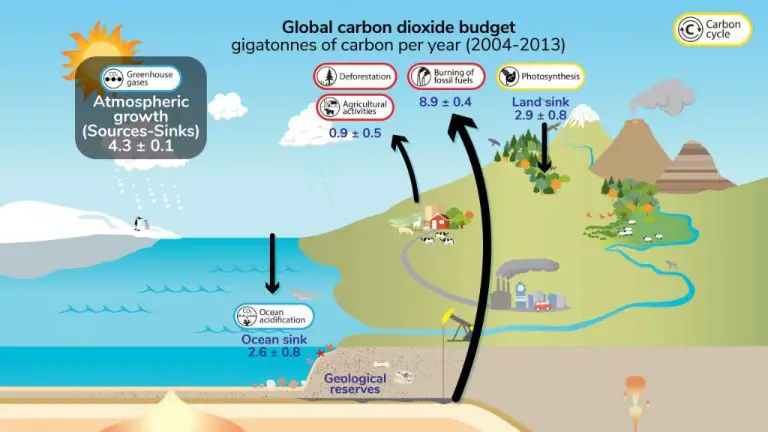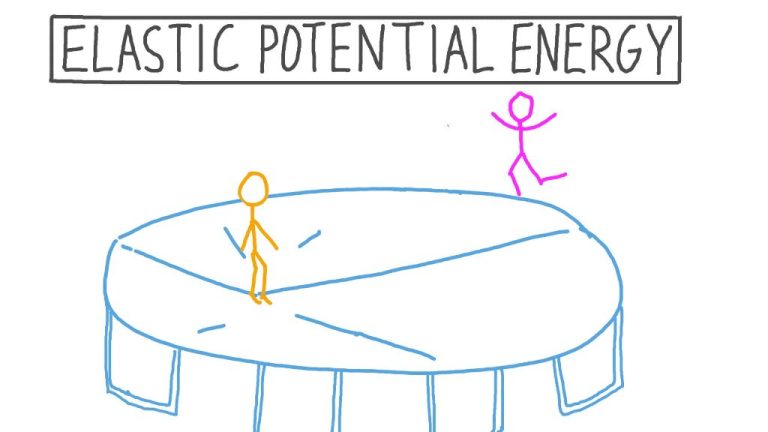What Moves Electrical Energy From Place To Place?
Electrical energy is energy that comes from the movement of electrons. It is one of the most widely used and important forms of energy in modern society. We rely on electrical energy to power our homes, businesses, and cities.
But electrical energy needs to be moved from where it is generated to where it will be used. Moving electrical energy allows it to travel from power plants and generators to homes, buildings, and cities often located far away. Electrical grids and networks have been developed to allow this movement of energy across large distances.
There are several main ways that electrical energy is transported or moved from place to place, which we will explore in this article. These include along power lines, through transformers, in batteries, and more. Understanding how electrical energy gets from source to destination is key to building and maintaining the infrastructure needed to power the modern world.
Power Lines
Power lines are one of the most important components of the electrical grid that help to move electricity from power stations to homes and businesses. They come in several types depending on the voltage and distance the electricity needs to travel, but fundamentally work through the principles of electromagnetism to move electrical energy.
There are two main types of power lines: transmission lines and distribution lines. Transmission lines carry high-voltage electricity over long distances from power plants to substations. These include extra high voltage (EHV) lines, which carry over 230,000 volts, and high voltage (HV) lines, which carry between 110,000-230,000 volts. Distribution lines take lower voltage electricity from substations and transformers into homes and businesses through power poles and underground lines. These include medium voltage (1,000-35,000 volts) and low voltage (less than 1,000 volts) lines.
Power lines work based on the physics of electromagnetism. When electrical current flows through the conductor cables of the power lines, it produces an electric field and magnetic field around the conductor. These fields allow energy to transmit along the length of the conductor. Voltage pushes the electrical energy, while insulation on the cables prevents current from leaking out.
Transformers Step Up and Step Down Voltage
Transformers are an essential component of the electrical grid that help move electricity efficiently across long distances. They operate using the principles of electromagnetic induction to either increase (“step up”) or decrease (“step down”) the voltage of alternating current.
Inside a transformer are two coils of wire, the primary coil and the secondary coil. These coils are wrapped around an iron core. The primary coil is connected to the incoming power source and generates a magnetic field. When the alternating current in the primary coil changes direction, it induces a changing magnetic field in the secondary coil, creating an alternating voltage.
By adjusting the ratio of turns between the two coils, transformers can increase or decrease the voltage. Step-up transformers increase voltage for transmission along power lines. This allows the power to be transmitted at high voltages (up to 765,000 volts) which is more efficient over long distances. Step-down transformers then reduce the voltage for safe distribution and use in homes and businesses.
Substations: Conduits of Electric Power
Substations are an essential component of the electrical grid that connect power generators to customers. The primary purpose of substations is to step up or step down voltages for efficient electricity transmission and lower voltages for distribution.
Inside a substation, there are transformers to increase (step up) or decrease (step down) the voltage levels as needed. Higher voltages result in lower current, which reduces line losses over long transmission lines. Lower voltages are used for safe distribution to homes and businesses. Substations also have switching, protection and control equipment like circuit breakers, switches and relays to isolate faults and protect the grid.
Generators
Generators produce electrical energy through electromagnetism. They convert mechanical energy into electrical energy using magnetic induction.
There are several different types of generators:
-
Hydroelectric generators – Use the energy from moving water, typically in dams, to spin turbines connected to a generator.
-
Wind turbines – Use the wind to turn blades connected to a generator shaft.
-
Coal/gas/nuclear power plants – Burn fuel to boil water into steam that spins a turbine connected to the generator.
-
Combustion generators – An engine burns fuel, and its pistons move a magnet inside a coil of copper wire to generate electricity.
-
Photovoltaic generators – Solar panels convert sunlight directly into electricity using the photovoltaic effect.
Regardless of the energy source, generators produce electricity using electromagnetic induction between magnets and coils of wire. The spinning motion turns rotors inside a stationary stator, inducing voltage through Faraday’s law of induction.
Transmission Grid
The transmission grid is the interconnected network of high voltage power lines, transformers, and substations that transport electricity long distances from power plants to local distribution systems. The transmission system interconnects power generation and users across large regions. Key components of the transmission grid include:
-
Transmission lines – These are the large, high voltage power lines that carry electricity long distances across the power grid. They consist of aluminum or steel wires suspended on tall metal towers or steel or concrete poles.
-
Transformers – Step-up transformers located at power plants increase the low voltage electricity produced at generators to high voltage for efficient long distance transmission. Step-down transformers then reduce voltages for distribution.
-
Substations – These contain equipment to control voltage and direct power flows on transmission lines. Substations also have transformers to change transmission voltage levels.
-
Switching stations – These facilities contain equipment to switch connections between transmission lines to reroute power as needed for reliability or maintenance.
-
Relays and circuit breakers – These protective devices isolate faults and prevent cascading blackouts on the transmission grid.
The transmission grid enables large centralized power plants to provide electricity to customers over wide regions. By interconnecting generation and load, it improves reliability and economies of scale in the electric system.
Distribution Lines
Distribution lines carry lower voltage electricity from local substations to homes and businesses, which is the last leg of the journey for electrical power. While high voltage transmission lines can carry power over long distances, distribution lines operate at lower voltages that are safer for residential and commercial use.
The primary difference between transmission and distribution lines is the voltage level. Transmission lines transmit power at high voltages of 115kV or above, which allows efficient transmission over long distances with minimized power loss. Distribution lines operate at lower voltages below 50kV, stepping down the power from transmission voltages to levels appropriate for end users.
Transmission networks function as highways, moving large amounts of power from distant generators to population centers. Distribution systems are like local roads, delivering that power the last leg of the way to homes and businesses in neighborhoods and communities. While transmission lines transmit power over hundreds of miles, distribution lines distribute power over shorter distances within local service territories.
Distribution system infrastructure includes substations that step down transmission voltages, along with distribution lines, transformers, and service drops that further reduce voltage for delivery to end users. Whereas transmission systems interconnect broad regions, distribution systems are designed to efficiently distribute power within local areas to safely serve homes and businesses.
Batteries
Batteries are electrochemical devices that store chemical energy and convert it into electrical energy. They allow portable electrical devices to function without being continuously connected to a power outlet. Batteries consist of one or more electrochemical cells, each containing positive and negative electrodes immersed in an electrolyte.
The most common type of rechargeable batteries are lithium-ion batteries. They have high energy density, low self-discharge, and no memory effect. Other types of rechargeable batteries include nickel–cadmium (NiCd), nickel–metal hydride (NiMH), and lead-acid batteries. Compared to disposable batteries, rechargeable batteries are more economical and environmentally friendly over their lifespan.
When a battery is connected to a device, a redox reaction occurs. At the anode, oxidation takes place as electrons are released. The electrons flow through the external circuit to the cathode, generating an electric current that powers the device. At the cathode, reduction takes place as electrons are accepted. The electrolyte allows ions to flow internally between the electrodes to balance the charges.
Recharging a battery reverses the direction of ion and electron flow. An external power source applies a higher voltage to force electrons to move from the cathode to the anode. This restores the battery to its original charged state.
Electric Vehicles
Electric vehicles (EVs) use batteries to store the electrical energy that powers the vehicle’s motor. The batteries in EVs can be charged by plugging the vehicle into an electric power source. Most EVs are charged overnight at home using a Level 1 or Level 2 charging station. Public DC fast charging stations can charge an EV battery up to 80% in around 30 minutes.
When an EV is plugged in to charge, alternating current electricity from the power source is converted to direct current to charge the battery. The EV’s charging system manages the power transfer to the battery and ensures safe, optimal charging. The larger the EV battery, the longer it takes to recharge fully. EV batteries use lithium-ion battery chemistry which offers high energy density for maximizing driving range.
The electric motor in an EV is powered by the energy stored in the battery pack. The motor converts the electrical energy from the battery into mechanical energy that propels the wheels. EVs use regenerative braking to capture some of the kinetic energy lost in braking and convert it back into stored electrical energy in the battery, helping maximize driving range.
Conclusion
In summary, electricity is transported from power plants to homes and businesses through several key methods. Power lines carry electricity at high voltages from power plants to substations, where transformers reduce the voltage for distribution. Distribution lines then deliver the lower voltage electricity to homes and businesses. Batteries store chemical energy and convert it to electricity to power devices. Electric vehicles also have large batteries that provide electricity to drive the motors.
It’s important that we continue to improve technologies to transport electricity more efficiently. As the demand for electricity grows, we need robust transmission networks and smart grids that minimize losses. Developing better batteries can also help make electric vehicles and renewable energy storage more viable. Moving electricity is a complex challenge, but advances in infrastructure and technology will ensure reliable power delivery into the future.

